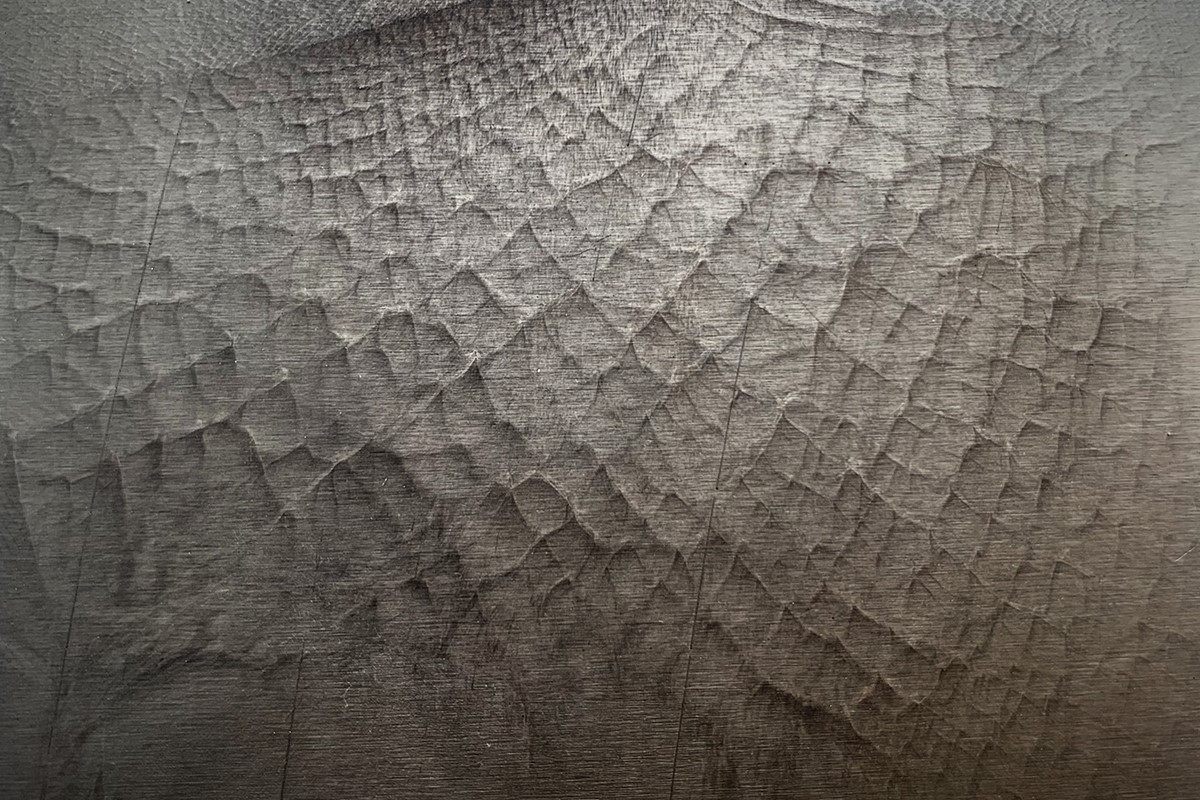Competing on the national stage
June 9, 2023
Share

Science Exposed, the national photo contest that gives researchers across Canada the opportunity to showcase the beauty of their work, is back. The images provide the public with a behind-the-scenes glimpse of STEM research in action.
Organized annually by the Natural Sciences and Engineering Research Council of Canada (NSERC), the contest allows researchers from all fields of study to capture and share images promoting scientific discussion and knowledge. This year, Queen’s PhD student Yaroslava Poroshyna (Mechanical Engineering) and Associate Professor Gaby Ciccarelli (Mechanical Engineering) have submitted an image that is among the 20 finalists.
Interested in seeing more Queen’s research? The university’s annual Art of Research photo contest has been showcasing the work of Queen’s researchers through their incredible images over the past seven years. From under the stars to on top of the world, Art of Research brings to life the unseen moments of the research process.
The winners will be chosen through a public vote, open until Sept. 17, 2023. A prize of $2,000 will be awarded to the photo voted people’s choice. Three finalists will also be selected by a jury to receive $2,000 each.
Learn more about Queen’s finalist:
One blast’s fragile story (Yaroslava Poroshyna, PhD Student, Mechanical Engineering, Gaby Ciccarelli, Associate Professor, Mechanical Engineering, and Sebastien S.M. Lau-Chapdelaine, Royal Military College)
A soot foil is a soot-covered metal sheet used to measure the size of detonation cells. The seemingly fragile gossamer featured in this image is a footprint left on a soot foil by a detonation (a scientific phenomenon of immense power and destruction). Transverse waves are formed due to the complicated chemical reactions that release heat and drive detonations, and as a result, leave this sophisticated pattern on the soot-coated surface. Understanding the mechanism underlying the emergence of such dark lines on the foil is a crucial part of our research, because unleashing the potential of detonations could lead to numerous advances, from harnessing their power for propulsion to enhancing our response to blast-wave disasters.
To see the other finalists and vote, visit the Science Exposed website.



